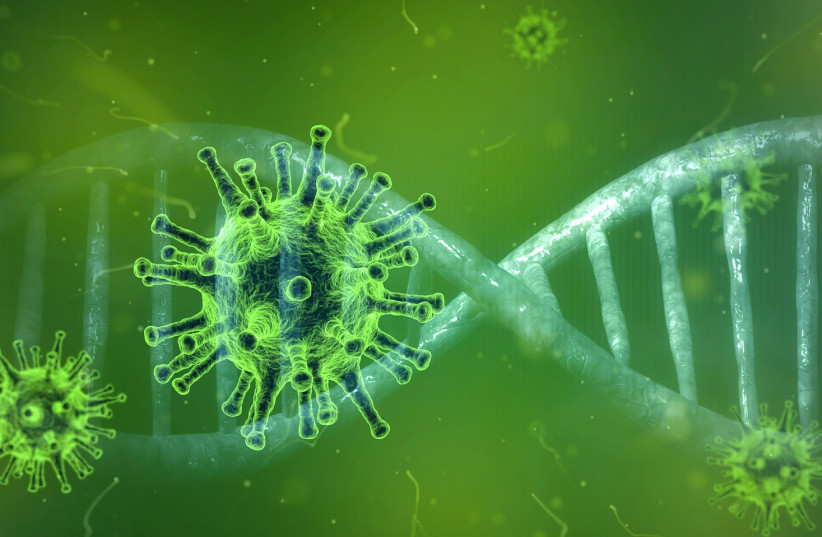A University of Missouri's school of medicine doctor launched a public campaign in April to identify an Ohio resident with a new strain of COVID-19.
Dr. Marc Johnson launched this public appeal with a tweet, writing "help me solve a COVID cryptic lineage mystery. Cryptic lineages are distinct SARS-CoV-2 lineages that we detect in wastewater but do not know their source. We believe they are from patients with very long COVID infections."
“We recently discovered a cryptic lineage in Ohio. It appears to be derived from a person that was infected over 2 years ago. It is a B.1.1 derivative, but is highly divergent. We first detected this lineage in a sample from last summer, and as recently as last month,” Johnson tweeted.

Identifying patient zero
According to Johnson’s tweets, patient zero is likely to have symptoms similar to that of IBD or chronic diarrhea.
Traces of the infection have been found in two sewer sheds in Columbus and Washington Court House in Ohio. The two locations are only 40 miles apart, although Johnson says that there may be more information that he is not privy to.
Johnson told Insider that he believes that Patient Zero may live in one location and work in the other. With the help of his followers, Johnson has reduced Patient Zero to a pool of 1,600 people who commute daily from Washington Court House to Colombus.
Johnson asks that, anyone who lives or works near the sheds, use a COVID antigen test in their used toilet water and send him any positive results.
"If someone has this infection, the chances that they're going to figure out what it is is nil," he told Insider. "I'm trying to get the word out so that they might figure it out and put it together."
While this may sound like cause to worry, Johnson is cited by Insider as saying that an infection is likely a form of long COVID and that this person is not “an imminent public-health threat.” While they do not represent a current threat, Johnson told Insider that the variant could be a harbinger of a future variant.
Johnson hopes that by finding patient zero, the mystery surrounding how COVID-19 mutates and why some people super shed the virus can be solved.
Discovering the new variant
Johnson claims to have originally discovered the variant in 2021. However, there had been so much of the virus that he had believed it was coming from a nursing home or animal reservoir, according to Insider.
However, after some detective work, the virus was traced to an office building in Wisconsin with approximately 30 employees, according to an academic paper published by Johnson and his peers.
